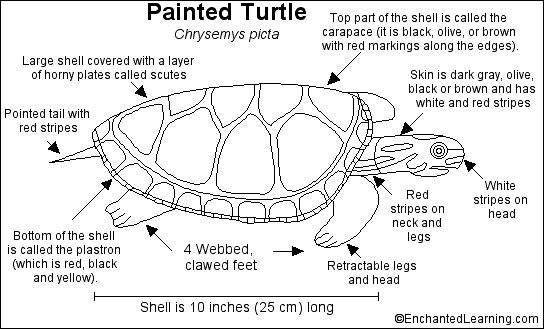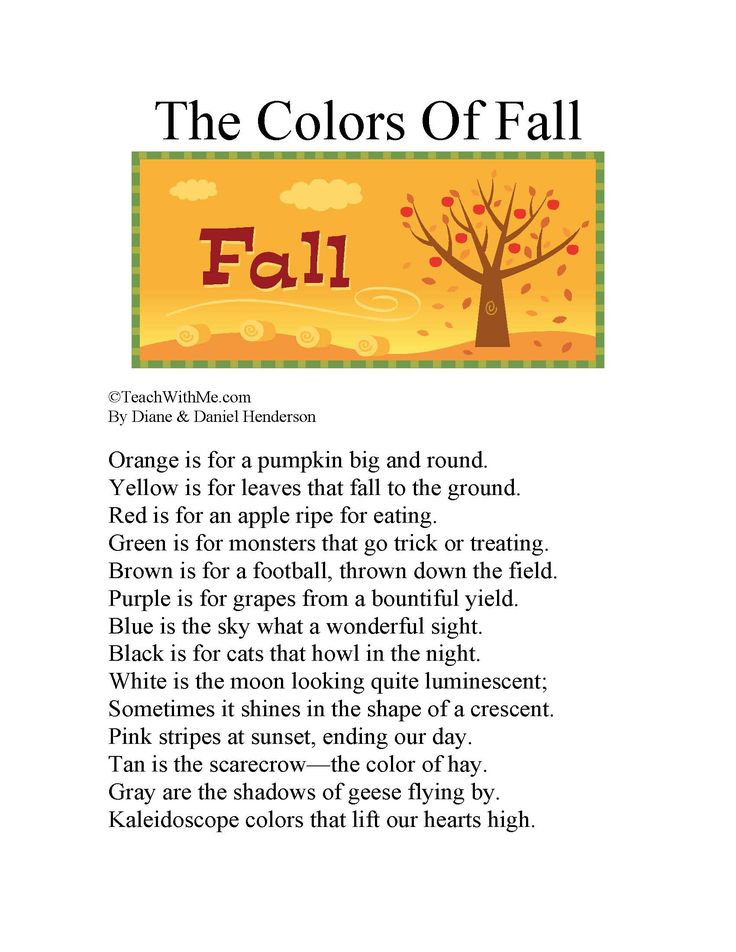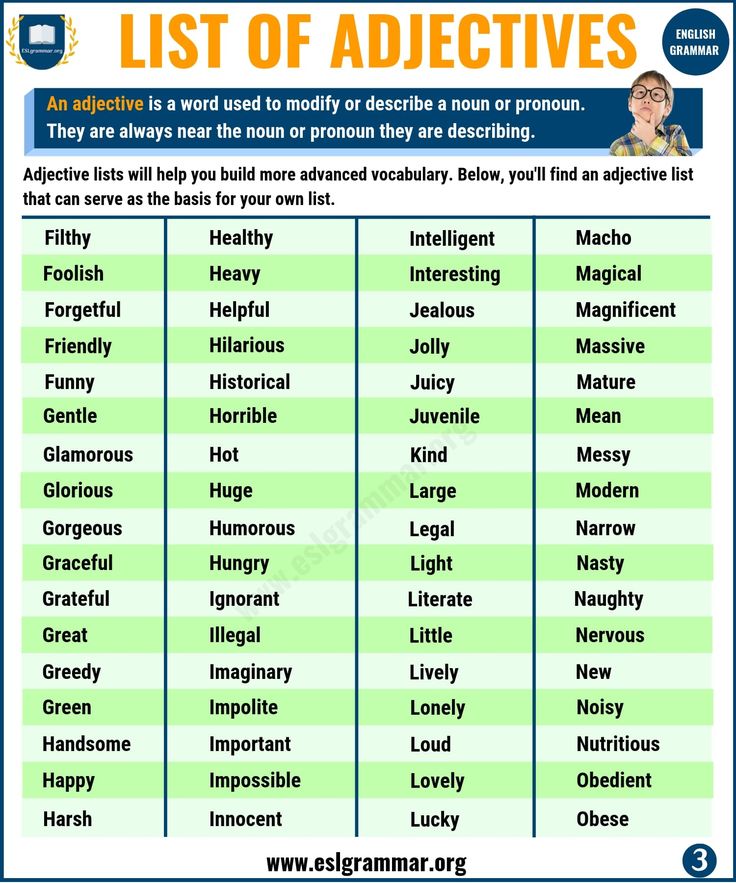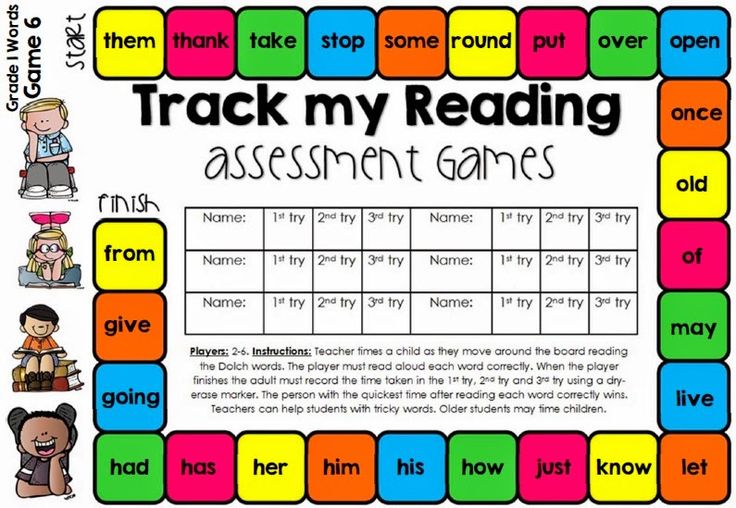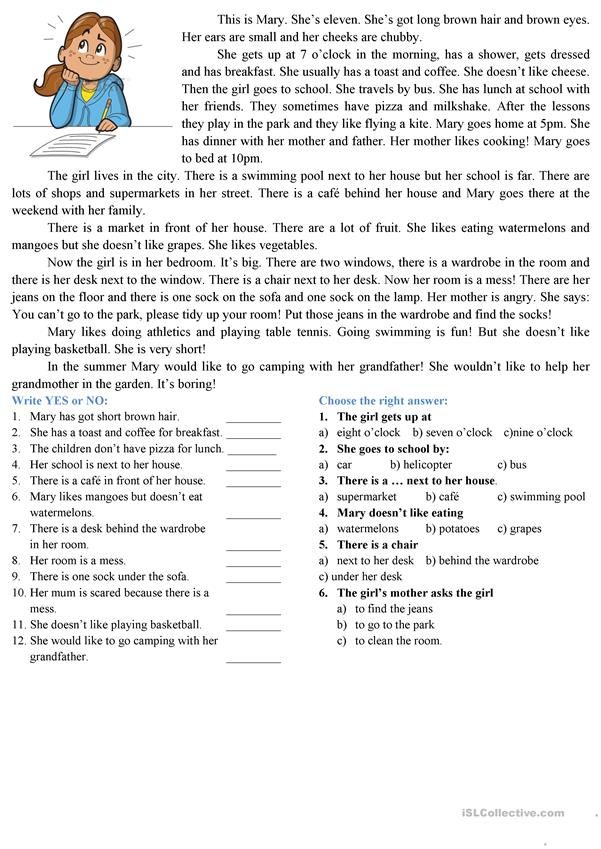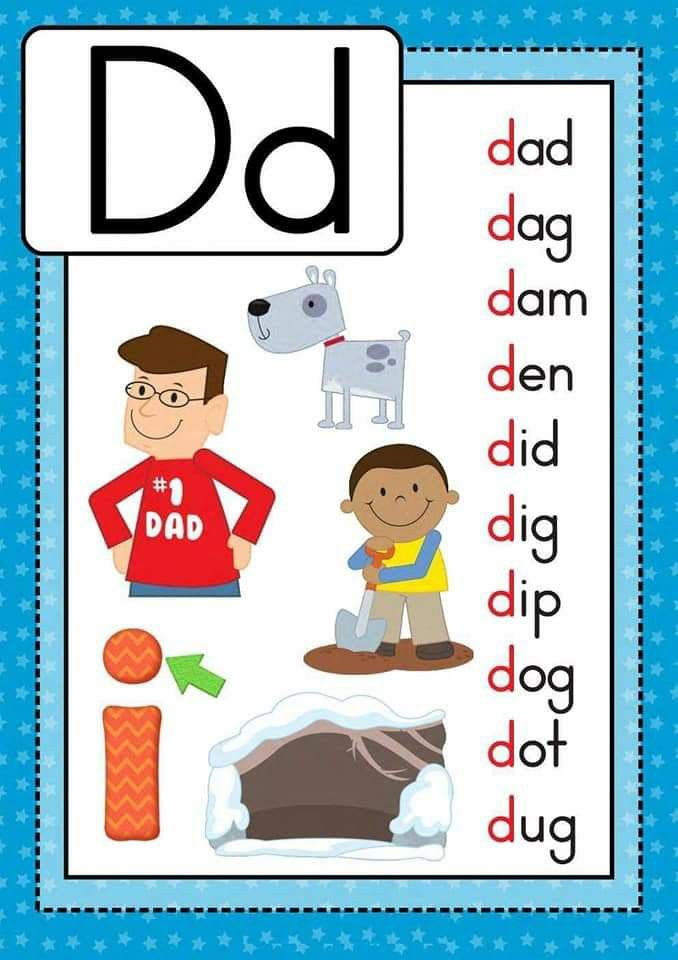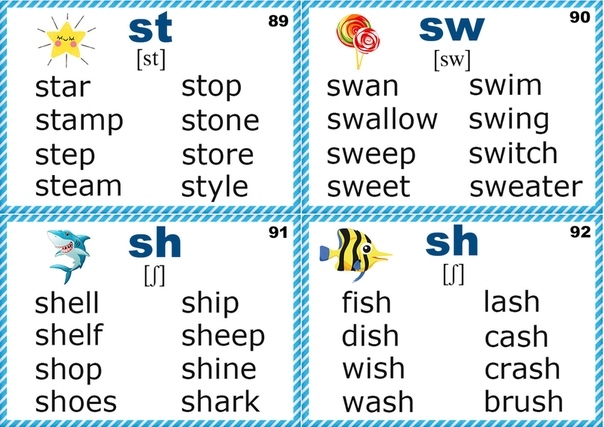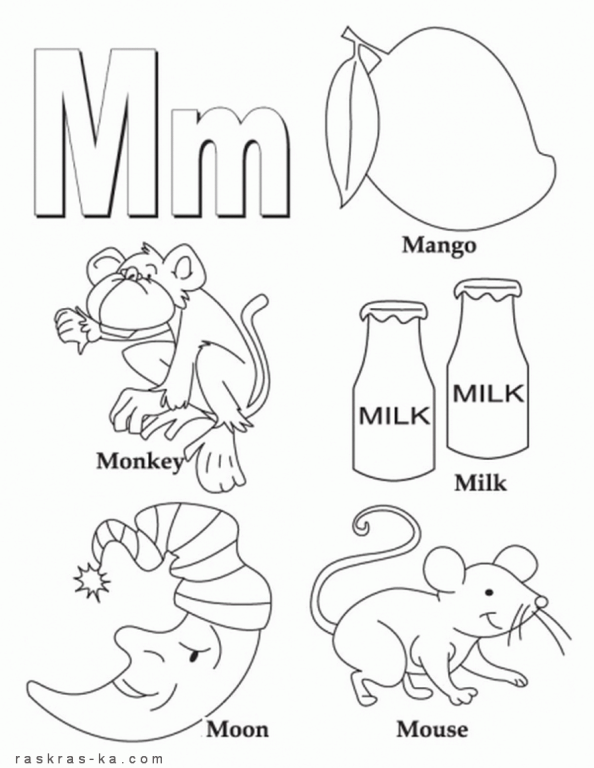Four year old reading
Is It Normal That My 4 Year Old Can Read? How To Support Gifted Readers
43 shares
I’ll never forget the moment I watched in amazement as my newly-turned 4 year old sounded out her first few CVC words. With input from her father, “fart” followed within a day or two, and I was horrified, but also excited that she mysteriously managed an r-controlled vowel without any explicit instruction. Within a week, she was reading short, made-up sentences I scrawled out on the whiteboard for her in our living room. You’ve found this post because you’re likely in the same position, thinking “Holy crap! My tiny little 4 year old can read! What now?”
As a former 3rd grade reading teacher and a mom of two other babies, I know early reading is a blessing to appreciate like any other strength. I did VERY little work to getting her reading those first few words; she was a magical little unicorn decoding the mysteries before her like it was no big deal at all.
Reading development varies tremendously from one child to the next. It’s counterproductive to push a kid with actual reading lessons who isn’t ready.
For an overview of reading milestones, check out this handy-dandy list.
Turkey Burger is now 7 and her obsession with reading has only deepened. Here’s what I’ve learned about encouraging an early reader.
Disclaimers
Here’s a quick disclaimer. I strongly believe the vast majority of kids benefit from in-depth phonics instruction. If you’re between the ages of 20-40, you probably did not get true phonics instruction in school and won’t have the foggiest clue how to teach it to your child. Telling your kid to “sound it out” will just frustrate both of you. Get your baby a teacher who loves phonics and has extensive training in it!
Occasionally, you’ll find a kid who just “gets it” and needs very little assistance learning to decode. They are likely naturally gifted with language and also had tons of early exposure to books.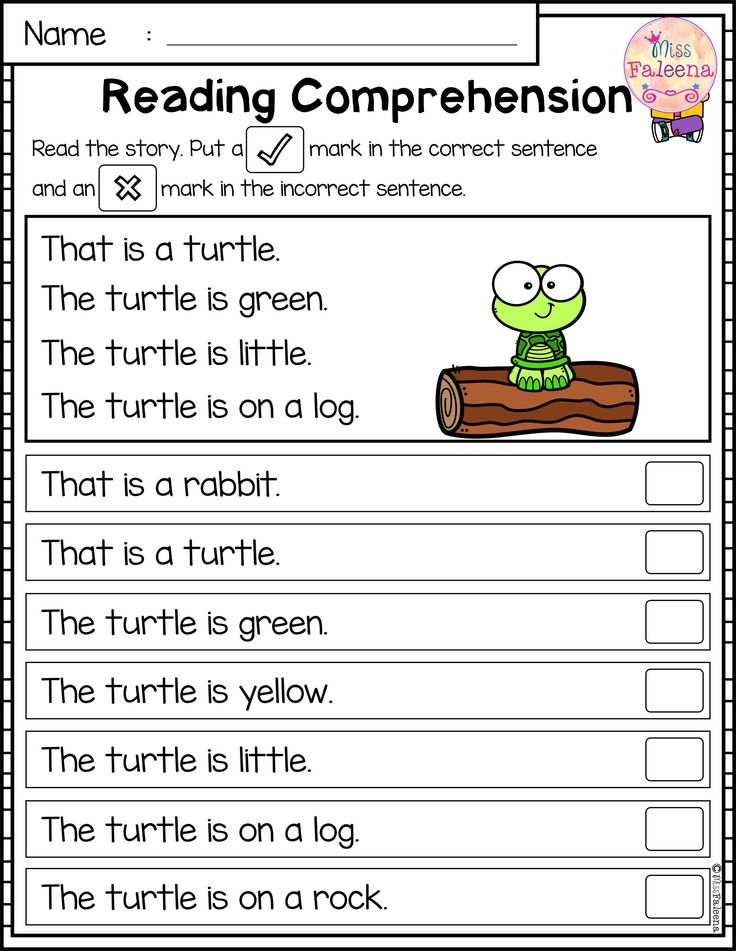 If your child is late into kinder or the early elementary years and doesn’t seem to just magically understand reading, skip this post. It will just frustrate you, and that’s soooooo not helpful!
If your child is late into kinder or the early elementary years and doesn’t seem to just magically understand reading, skip this post. It will just frustrate you, and that’s soooooo not helpful!
This post contains affiliate links, which means I may earn a small commission from your clicks. Check out my full disclosure here.
Here’s how to create a wonderful kids’ home library!
Once your 4 year old can read, identify your child’s reading level and gather books.
When you first notice that your 4 year old can read, there’s no need to immediately purchase level A, B, or C level readers. Just write short sentences on a whiteboard like this one, and be sure to draw funny pictures. Pictures aid comprehension and are an important part of learning to read.
As you write fun little personalized sentences, pay attention to your handwriting. Print carefully so you don’t confuse your child with unfamiliar looking letters.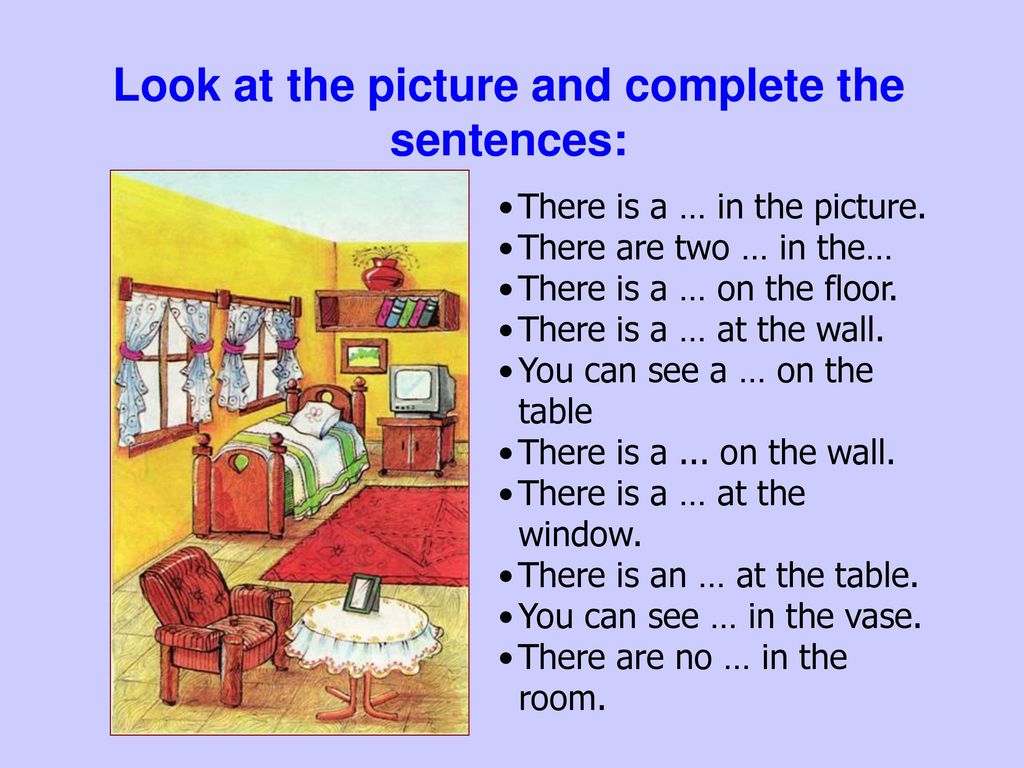
Once your child can read sentences you’ve written like “My dad loves me,” and “I have a dog,” it’s probably a great time to celebrate with some readers. We began with level E and F books. These were fabulous! You get 20 books for less than $20 in many cases.
You may have seen “I Can Read” books. Here’s my only hesitation about these books: they aren’t quite as targeted to ability level. The leveling system isn’t as sophisticated. You also won’t be using the “I Can Read” leveling system in elementary school.
Many teachers use the Fountas and Pinnell alphabetical leveling system. Check with your elementary school ELAR department and find out what leveling system they’ll use when your child begins kindergarten. By the time you switch away from a whiteboard, your kiddo will probably be somewhere in the D-E-F range.
Preserve the joy of reading no matter what.
If you pay close attention to all the other tips below, you’ll notice an overriding theme: keep reading joyful and non-threatening.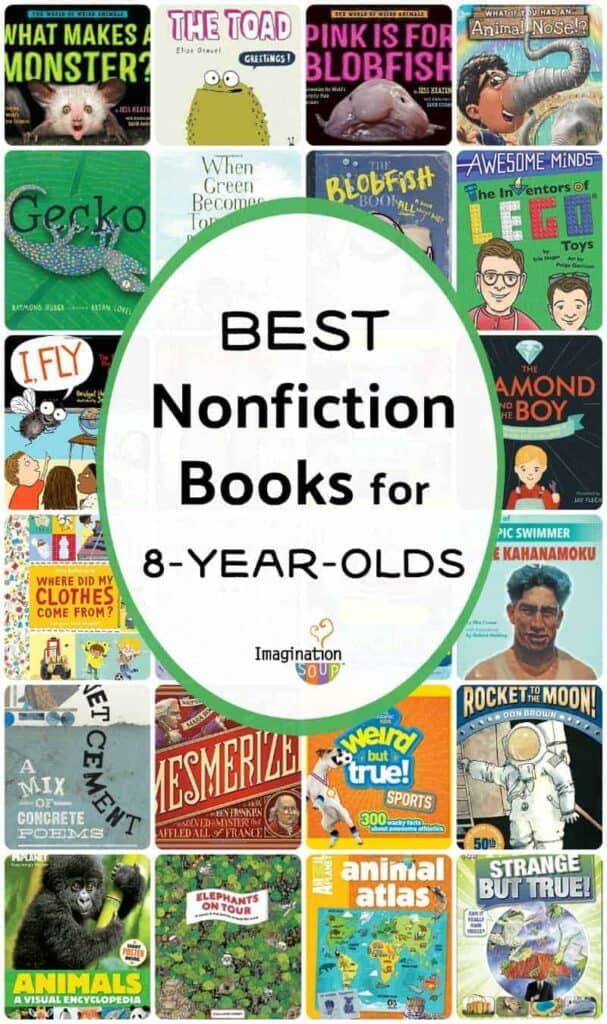 If you play your cards right, your child will love to read for his or her whole life because it came easily and was always geared toward enjoyment. Much like athletic kids love to play ball and dramatic children love the stage, early readers love books. Let’s keep it that way!
If you play your cards right, your child will love to read for his or her whole life because it came easily and was always geared toward enjoyment. Much like athletic kids love to play ball and dramatic children love the stage, early readers love books. Let’s keep it that way!
This hilarious little book is called Ewe Loves You, and it’s a book that teaches homophones.
Discover the library together and create library habits.
Focus on
exploring the library, even before your child can read.Let your child explore the library without pushing him or her to the “right” section of books for his or her reading level. You can obviously point them to a great spot if they’re feeling overwhelmed by all the choices, but follow cues.
One way you can make the library a successful trip is to independently gather books for your child while he or she explores. Go ahead and choose books you know will be just perfect. If your child isn’t interested, drop the matter.
When your kid wants to bring home a book that doesn’t work for their reading level, let them. If they want to bring home a book about mummies and you think that’s creepy – oh well. Don’t micromanage the library.
The library will often have games, puzzles, and coloring activities. If it interests them, let them play without protesting, “We have all that stuff at home! Look at the books!” The library should be fun.
If you think of libraries as nothing more than a way to borrow books for free, you’re missing the point. No matter how much money you can throw at your kid’s reading habit, the library is still a better experience for them.
This is our color-coded home library is perfect if you’ve got a 4 year old that can read. Color coded library systems are easier to keep organized for young kids. I learned this hack from #thehomeedit!
Utilize your librarian.
Don’t be afraid to ask the children’s librarian for help – they live for these moments! Librarians are obsessed with reading and love helping people find great books.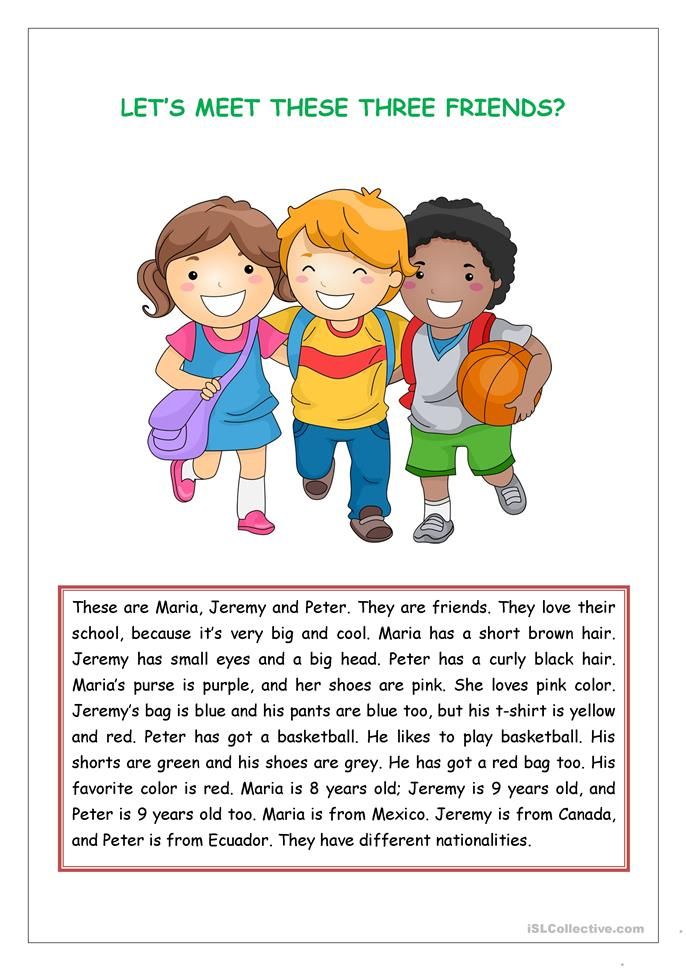 Be aware that they are sometimes shy and quiet types that prefer to be approached before getting in your way.
Be aware that they are sometimes shy and quiet types that prefer to be approached before getting in your way.
When necessary, make use of online holds and curbside pickup.
During 2020, we’ve had to be creative about the library. Our kids haven’t gotten to use the library properly this year. That bums me out, because the three year old boy, Chicken Patty, is at the perfect age to discover the joy of library time. However, our online catalogue is pretty easy to use, and it’s no big deal to place holds.
So we’ve created a routine where a couple of times each week, I’ll use the online library catalogue to put a hold on about 10 different books. I try to select a wide variety, covering both fiction and non-fiction. Once the books are available at our branch – typically about 48 hours later – we pick them up at the librarian’s desk after school.
Your routine might be different, but if you’ve got a voracious reader, you probably need some sort of system for quickly and easily changing out your books.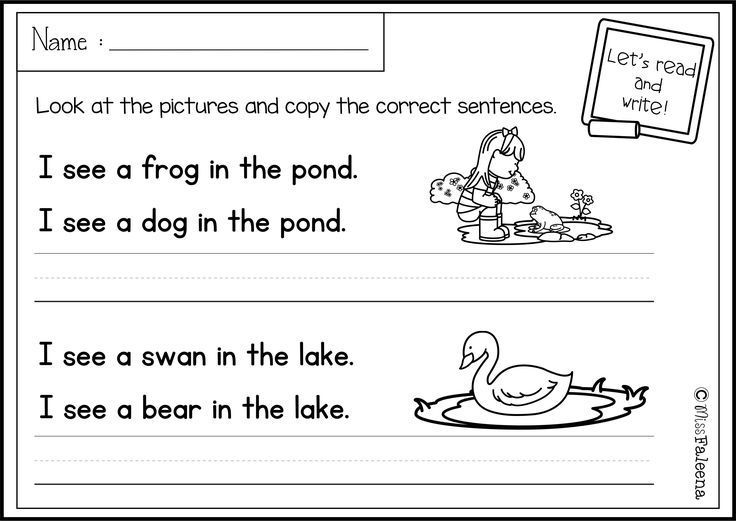
Grandma sent this book called “Forgotten Fairy Tales of Brave and Brilliant Girls,” and Turkey Burger loves it!
Don’t obsess over reading level at the expense of your child’s interests.
Knowing your child’s reading level and being able to quickly identify books that are appropriate is very helpful. But once your child is a happy, independent reader, don’t obsess over having him or her read the “right” books.
If your child is on a guided reading level M but loves outer space, he or she could very easily read a non-fiction text about planets written at a level N or O. When it comes to non-fiction, gorgeous pictures and quality text features make a huge difference in comprehension.
Similarly, just because a book is below your child’s reading level doesn’t mean it lacks worth for your child. If my daughter is going to pick up a book about epidemics and plagues, I’d love for it to be below her guided reading level. She’s not familiar with the topic, and I’m just excited she’s trying something new.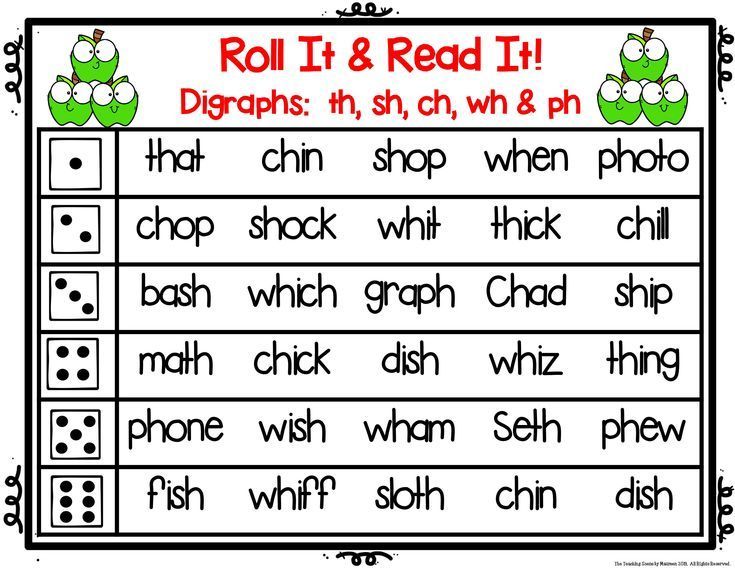 Make decoding as easy as possible to support comprehension.
Make decoding as easy as possible to support comprehension.
When your 4 year old can read, the appropriateness of the text matters more than the reading level.
One challenge of having a 4 year old who can read is that they’re often well into chapter books by 6. If your child is a 6 year old reading on a 5th grade level, they are perfectly capable of reading something like the Twilight Saga, which is written on a 4th grade level. Obviously, that’s not what you want.
Focus on interest and appropriateness, and then just get reading level in the ballpark. My 6 year old reads larger chapter books, beginner graphic novels, children’s Bibles and picture books with minimal text.
Turkey Burger reading a copy of a picture book about Anne Frank from the library. We think this is appropriate for her, but may not be right for all kids at this age.
Institute a “Read and Rest” in your family routine.
Since Turkey Burger dropped napping around age 3, I’ve had a daily “read and rest” time to protect my own sanity. Since she’s relentlessly busy and bad at resting, we compromised. She didn’t have to nap, but she did have to rest in her bed with books.
Since she’s relentlessly busy and bad at resting, we compromised. She didn’t have to nap, but she did have to rest in her bed with books.
Over time, she has built up her reading endurance. She now consistently reads for up to two hours a day. Occasionally, she’ll lose interest in her library books or her own reading material and begin crafting in her room quietly.
My middle child, Chicken Patty, also loves books and is growing disinterested in napping at age three. He is also allowed to read in his room. On the days he’s not tired enough, he will read in his room for up to two hours using the books on his own bookshelf. He’s a very different child with lots of physical energy, so I know with some practice and discipline, all kids can learn to enjoy books and alone time.
If you can’t imagine your child staying put in their rooms for any period of time without you, I highly recommend the Hatch sound machine and okay to wake clock. You can customize the settings from an app on your phone.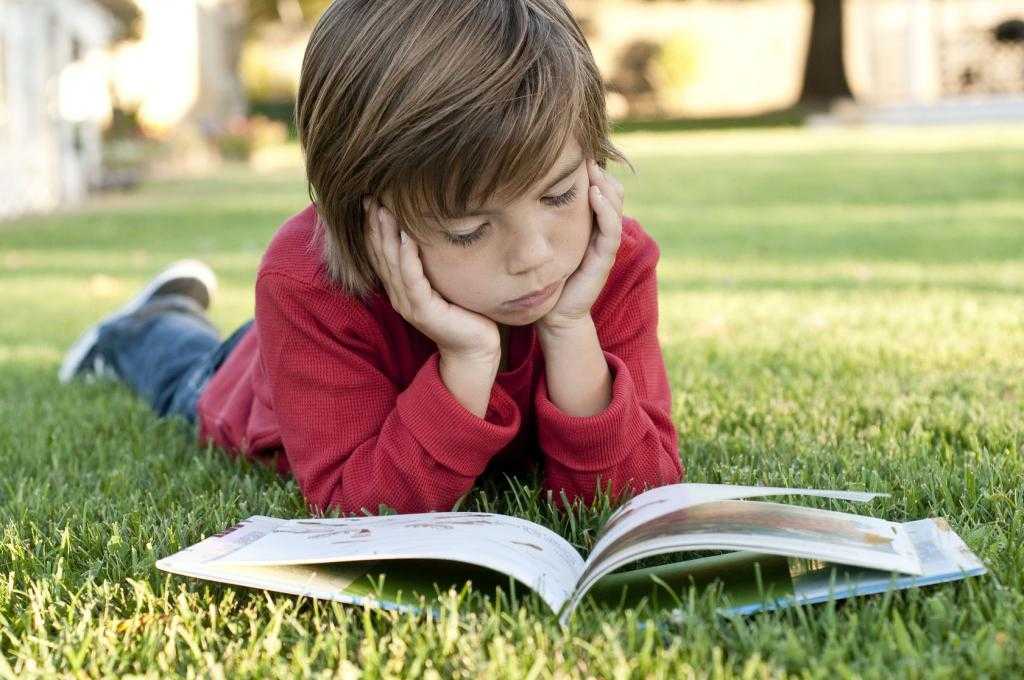 Chicken Patty knows he isn’t allowed to leave his room until his Hatch machine turns from a white light to a pinkish red hue. We worked up to longer lengths of time.
Chicken Patty knows he isn’t allowed to leave his room until his Hatch machine turns from a white light to a pinkish red hue. We worked up to longer lengths of time.
Value your child’s reading interests while broadening their horizons.
Whether shopping on Amazon or using the local library, I generally follow a 60/40 rule of thumb. I make sure that about 60% of the books will be familiar favorites – additional chapter books in a series she already loves, picture books from favorite authors, or simply books on a topic I already know she enjoys.
The other 40% will be wildcard books – a nonfiction book about viruses and plagues, a Bible written like a graphic novel, or a chapter book that’s one level too high but in a super high-interest category. For example, she’s currently on a guided reading level S, but if it’s a book about unicorns with plenty of pictures, she might easily read a level T.
For your child’s whole life, they’ll be expected to read things that are outside their comfort zone. Take advantage of his or her natural curiosity at this age to build confidence and enthusiasm for new challenges.
Take advantage of his or her natural curiosity at this age to build confidence and enthusiasm for new challenges.
I never force my kid to read something boring or outside her natural comfort zone. I simply make the book available and act excited about it. Sometimes, I’ll read the beginning of the book with her to spark her interest. I have found she will choose these books last during Read and Rest, but if she’s getting bored with her current collection, she’ll give it a try and sometimes discover a new love.
I checked this one out from the library as part of my 60/40 rule. Spoiler alert: she hated it.
Bridge the gap to chapter books with graphic novels.
If your child loves picture books, making the leap to chapter books can be really intimidating. It’s totally age appropriate and normal to love the pictures in a book and find comfort in them. Pictures also aid reading comprehension.
The perfect bridge to chapter books is graphic novels. Kids need to learn that it’s totally normal to not finish a book in one session, but if you think about it, that’s a huge change to make!
Graphic novels cover the gap perfectly.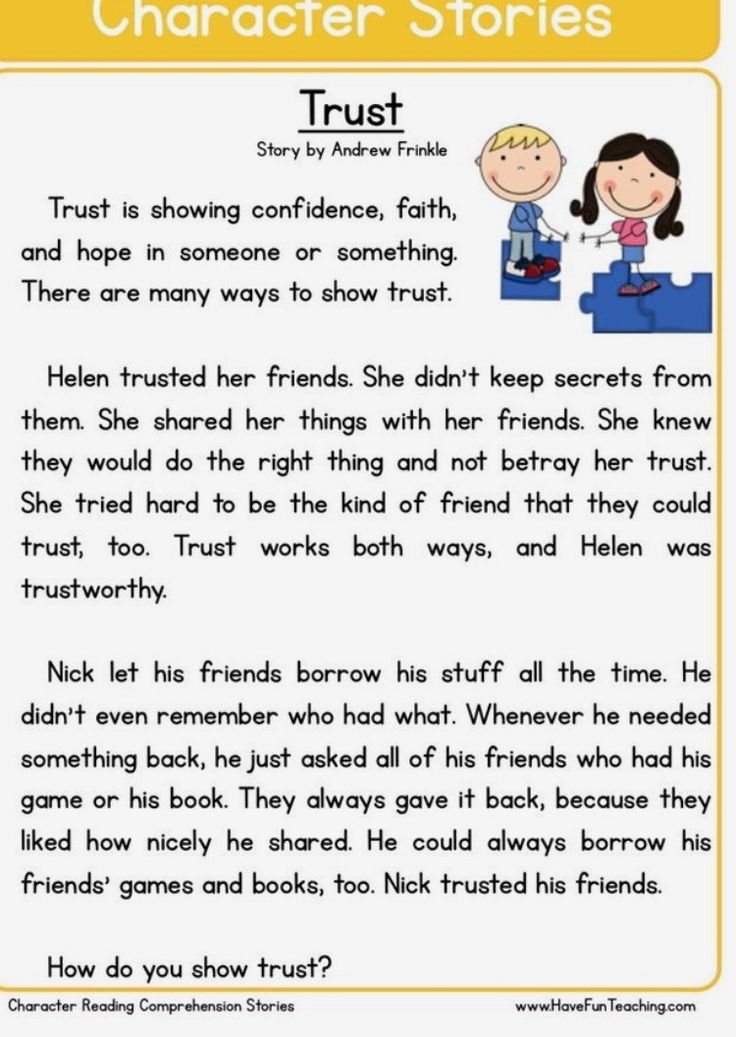 The pictures are familiar and there’s less text on a page than a traditional chapter book, but they are longer than a typical picture book. They learn about stopping and using a bookmark.
The pictures are familiar and there’s less text on a page than a traditional chapter book, but they are longer than a typical picture book. They learn about stopping and using a bookmark.
My daughter’s all time favorite graphic novel series are the Bad Kitty books.
Bad Kitty books are a guided reading level M.
Another great series is the Phoebe and her Unicorn set. These books are written on a guided reading level Q.
If your 4 year old can read or look at books independently, encourage outdoor reading.
Kids need to be outside, but I struggle to get my reader outdoors. She has never been one to run around aimlessly, and digging in the dirt doesn’t seem to come naturally. Next up, we’re trying to incorporate more organized sports.
One way I can get her outside is by encouraging outdoors reading. I want to make nature exploration a priority, but until I gain some parenting skills in that area, reading can be easily moved outside for some Vitamin D.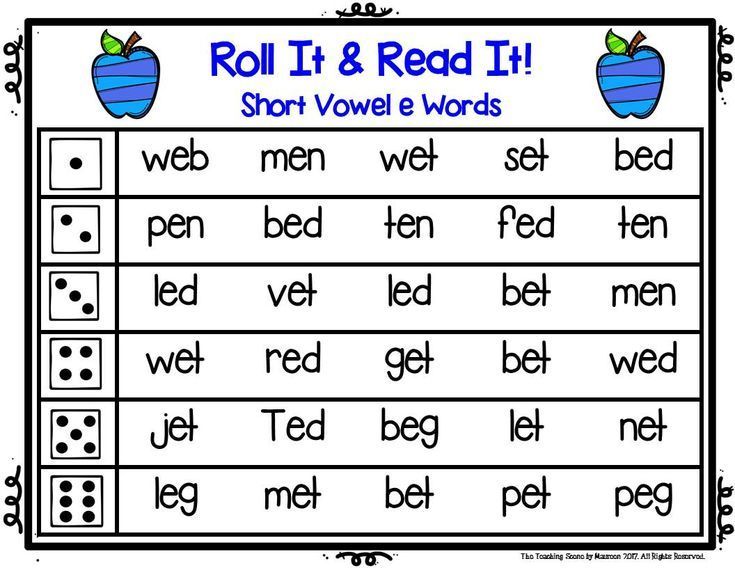 I’m hoping that just by being outdoors on nice days, she’ll develop an appreciation for nature. We also regularly go for walks and go hiking.
I’m hoping that just by being outdoors on nice days, she’ll develop an appreciation for nature. We also regularly go for walks and go hiking.
As a third grade teacher, I had a classroom overlooking a courtyard. My room had big windows, so I could easily keep an eye on the weather. I often found that when my students got off to a rough start, I could improve behavior by simply allowing them a 20 minute independent reading time in the courtyard. The quietness and fresh air was like doing a hard reset on their brains.
She loves this series. It’s called Princess Pulverizer, written by the same author as the Princess in Black series.
Prepare for school challenges unique to early readers.
Prepare for developmental differences to emerge.
Turkey Burger started pre-k at age 2 and was the youngest in the 3 year old class, because she has an August birthday. She was ready for pre-k due to her language abilities and fine motor skills.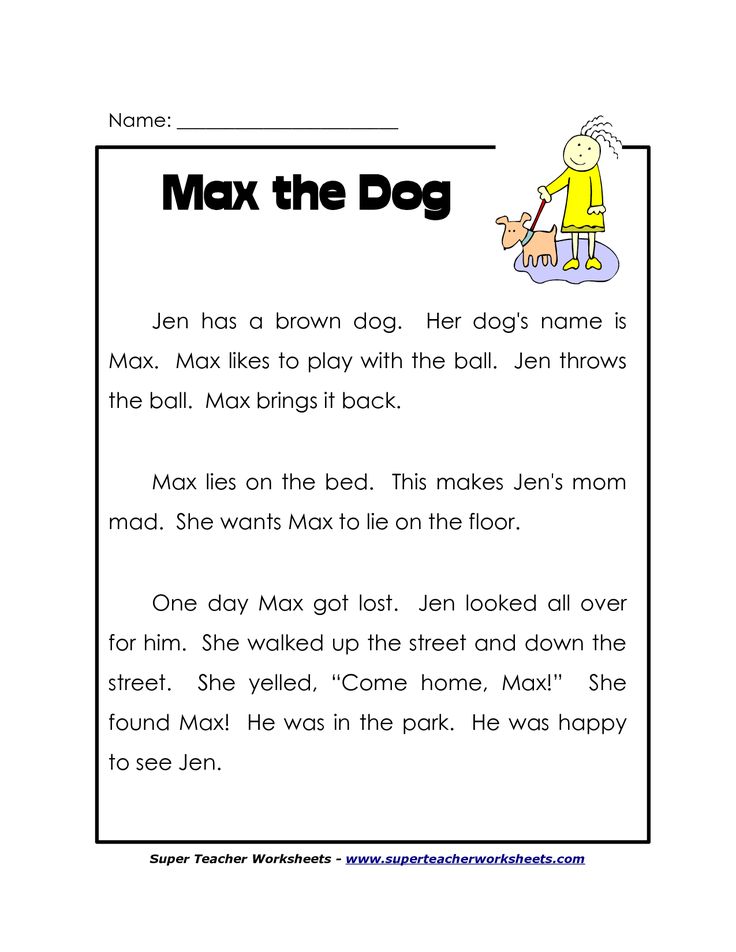 I was working, and daycare cost the same as pre-k. However, she struggled with outbursts and temper tantrums, as well as gross motor skills. She was simply immature.
I was working, and daycare cost the same as pre-k. However, she struggled with outbursts and temper tantrums, as well as gross motor skills. She was simply immature.
I remember she cried on the way home from her first day. Turkey Burger was perfectly capable of articulating the problem: all the other kids could put on their own backpacks, and she couldn’t. She did not have the gross motor skills to manage the straps. There will be other challenges that come her way!
If your 4 year old can read, resist the urge to skip kindergarten or first grade.
There are always kids who overachieve academically and others who struggle at any grade level. Still, kids who are super advanced with reading and language as they enter kindergarten level out quite a bit by third grade.
However, the social and emotional developmental differences are often glaringly obvious. As a third grade teacher, I could always always pick out the youngest and oldest students in the class on the first day of school without checking my roster. There would occasionally be high achievers who were the youngest in the class, but they almost always struggled socially.
There would occasionally be high achievers who were the youngest in the class, but they almost always struggled socially.
Just because your child reads early does not mean they need to skip grades. There are so many other factors to consider.
Turkey Burger may always be advanced in language. Nevertheless, I do not want her attending college at age 17 or struggling with behavioral issues in middle school, so we are glad to have held her back.
Boredom happens, but it’s not the end of the world.
When kids are bored in school with work that’s too easy, they will occasionally act out. Judging by the Facebook mom groups, you’d think it was the source of every classroom behavior problem. In my experience, it’s not half as common as you’d think. Most kids act out because the work is TOO hard, not the other way around.
While it can be hard for a teacher to make work easier, it’s very easy to raise the bar for advanced students. For example, when teaching third grade writing, I can easily just hold the child to a much higher standard on their writing by asking them to incorporate more figurative language or write a stronger opinion statement.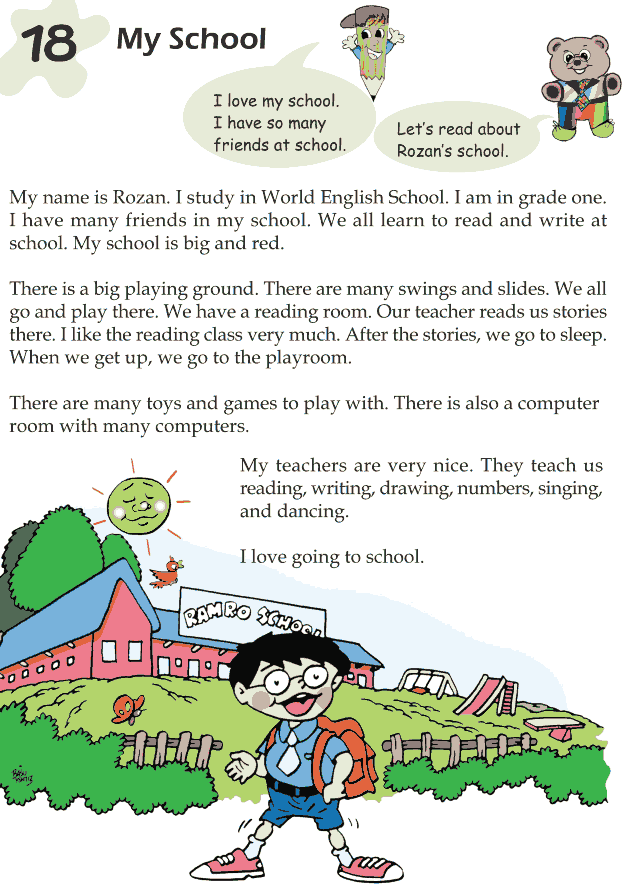 Likewise, if one of my students was reading a text in groups that was way too easy for them, I could usually construct higher-level questions to differentiate instruction.
Likewise, if one of my students was reading a text in groups that was way too easy for them, I could usually construct higher-level questions to differentiate instruction.
I’ve even had an advanced student skip my mini lessons at the rug if I knew he or she would be bored, and encouraged them to re-alphabetize my bookshelf (something that’s difficult for most elementary school kids).
If your 4 year old can read, prepare for less individualized attention than other students.
Turkey Burger doesn’t get much guided reading time with her teacher. That’s because the whole class needs to be ready for first grade, and there are other higher priority students during reading time. That’s normal and expected for public school. It does NOT mean your child’s teacher is doing a bad job.
While Turkey Burger doesn’t get much one-on-one support from her teacher, she does get to help other students during center time, and she loves that. So it’s a trade-off she doesn’t seem to mind.
I make up the difference by pushing her more at home in the areas where she’s less naturally inclined.
43 shares
Reading Milestones (for Parents) - Nemours KidsHealth
Reviewed by: Cynthia M. Zettler-Greeley, PhD
Nemours BrightStart!
en español Hitos en la lectura
This is a general outline of the milestones on the road to reading success. Keep in mind that kids develop at different paces and spend varying amounts of time at each stage. If you have concerns, talk to your child's doctor, teacher, or the reading specialist at school. Getting help early is key for helping kids who struggle to read.
Parents and teachers can find resources for children as early as pre-kindergarten. Quality childcare centers, pre-kindergarten programs, and homes full of language and book reading can build an environment for reading milestones to happen.
Infancy (Up to Age 1)
Kids usually begin to:
- learn that gestures and sounds communicate meaning
- respond when spoken to
- direct their attention to a person or object
- understand 50 words or more
- reach for books and turn the pages with help
- respond to stories and pictures by vocalizing and patting the pictures
Toddlers (Ages 1–3)
Kids usually begin to:
- answer questions about and identify objects in books — such as "Where's the cow?" or "What does the cow say?"
- name familiar pictures
- use pointing to identify named objects
- pretend to read books
- finish sentences in books they know well
- scribble on paper
- know names of books and identify them by the picture on the cover
- turn pages of board books
- have a favorite book and request it to be read often
Early Preschool (Age 3)
Kids usually begin to:
- explore books independently
- listen to longer books that are read aloud
- retell a familiar story
- sing the alphabet song with prompting and cues
- make symbols that resemble writing
- recognize the first letter in their name
- learn that writing is different from drawing a picture
- imitate the action of reading a book aloud
Late Preschool (Age 4)
Kids usually begin to:
- recognize familiar signs and labels, especially on signs and containers
- recognize words that rhyme
- name some of the letters of the alphabet (a good goal to strive for is 15–18 uppercase letters)
- recognize the letters in their names
- write their names
- name beginning letters or sounds of words
- match some letters to their sounds
- develop awareness of syllables
- use familiar letters to try writing words
- understand that print is read from left to right, top to bottom
- retell stories that have been read to them
Kindergarten (Age 5)
Kids usually begin to:
- produce words that rhyme
- match some spoken and written words
- write some letters, numbers, and words
- recognize some familiar words in print
- predict what will happen next in a story
- identify initial, final, and medial (middle) sounds in short words
- identify and manipulate increasingly smaller sounds in speech
- understand concrete definitions of some words
- read simple words in isolation (the word with definition) and in context (using the word in a sentence)
- retell the main idea, identify details (who, what, when, where, why, how), and arrange story events in sequence
First and Second Grade (Ages 6–7)
Kids usually begin to:
- read familiar stories
- "sound out" or decode unfamiliar words
- use pictures and context to figure out unfamiliar words
- use some common punctuation and capitalization in writing
- self-correct when they make a mistake while reading aloud
- show comprehension of a story through drawings
- write by organizing details into a logical sequence with a beginning, middle, and end
Second and Third Grade (Ages 7–8)
Kids usually begin to:
- read longer books independently
- read aloud with proper emphasis and expression
- use context and pictures to help identify unfamiliar words
- understand the concept of paragraphs and begin to apply it in writing
- correctly use punctuation
- correctly spell many words
- write notes, like phone messages and email
- understand humor in text
- use new words, phrases, or figures of speech that they've heard
- revise their own writing to create and illustrate stories
Fourth Through Eighth Grade (Ages 9–13)
Kids usually begin to:
- explore and understand different kinds of texts, like biographies, poetry, and fiction
- understand and explore expository, narrative, and persuasive text
- read to extract specific information, such as from a science book
- understand relations between objects
- identify parts of speech and devices like similes and metaphors
- correctly identify major elements of stories, like time, place, plot, problem, and resolution
- read and write on a specific topic for fun, and understand what style is needed
- analyze texts for meaning
Reviewed by: Cynthia M.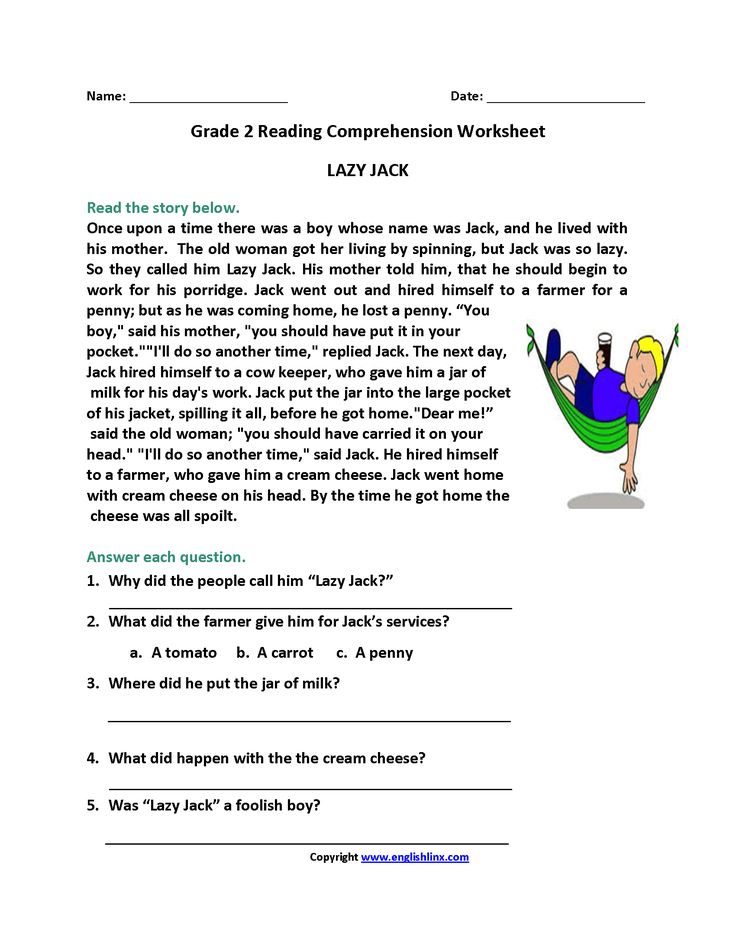 Zettler-Greeley, PhD
Zettler-Greeley, PhD
Date reviewed: May 2022
My child does not want to read - what if he has dyslexia?
Photo courtesy of logomedprognoz.ruOlga Azova, Director of Logomed Prognosis Medical Center, Candidate of Pedagogical Sciences.
What causes dyslexia
– What is dyslexia?
– Dyslexia is a partial impairment of the reading process caused by various reasons, including those caused by the immaturity or impairment of higher mental functions.
The following features of reading in a child speak of dyslexia:- phonemic problems associated with difficulties in recognizing phonemes, even in strong positions the child reads the word incorrectly (" Shenia " instead of "Zhenya"),
- analytical and synthetic problems when the child allows distortion of the sound-syllabic structure of the word (“ nileyka ” instead of “ruler”) or does not master the principles of syllable fusion (he cannot read a word of several syllables at all).
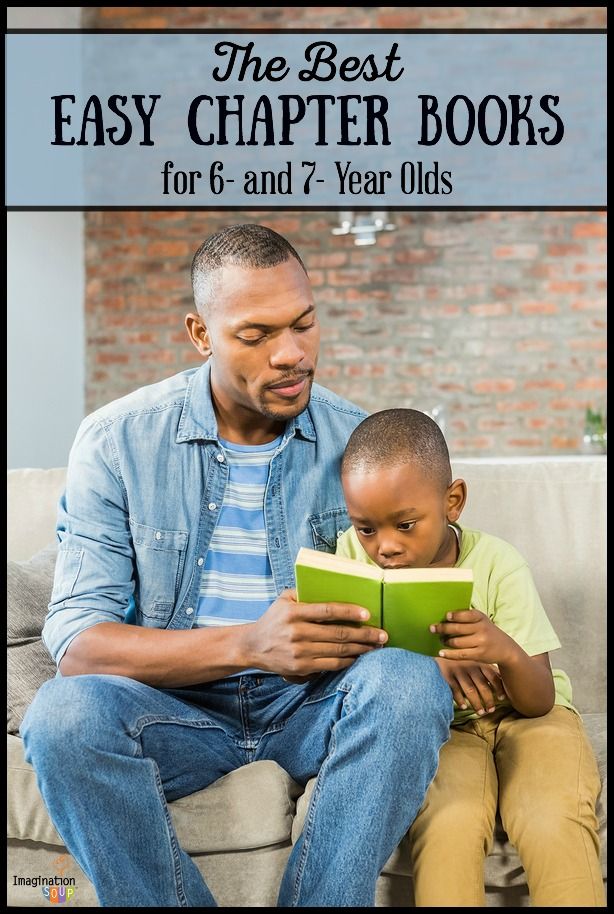
- optical problems that manifest themselves in the difficulties of assimilation of the images of letters, their elements and, in general, with optical-spatial disorders and features of visual gnosis (the child does not navigate the sheet, does not see the rulers). nine0018 - mnemonic disorders that manifest themselves in the impossibility of remembering a letter,
- agrammatical problems are typical for those children who have already mastered the reading skill, but make mistakes during "fluent" reading. Or this is one of the signs of "guessing" reading, when the child reads the beginning of the word, and then "substitutes" the wrong ending.
With semantic dyslexia, different mechanisms of violation are observed:
- the wrong type of learning to read - letter-by-letter reading "buhstabirovanie" (when a child reads a list of individual letters instead of a word: B, A, B, A),
- a poor vocabulary,
- a poor level of mastery of grammar (the child knows the “pencil” and “ruler” separately, but after reading the task “show the ruler with a pencil”, he cannot complete it).

Often dyslexia is mixed, when the child has different types of reading disorders. This happens if the child before school had severe speech disorders, or he was silent for a long time, or these are combined disorders in the structure of other defects (with cerebral palsy, various syndromes).
If the child is physiologically and mentally healthy, studies according to the general education program, the school speech therapist deals with the problem. If dyslexia is associated with problems of the physical and mental health of the child, then other specialists should be involved in the work - a child neurologist, psychologist, neuropsychologist, massage therapist. nine0005
When dyslexia is a disease of geniuses
– Very often on various sites dedicated to dyslexia, you can see translations of foreign articles or materials based on a foreign approach to the problem. How does the foreign approach differ from the Russian one?
- This question is very important.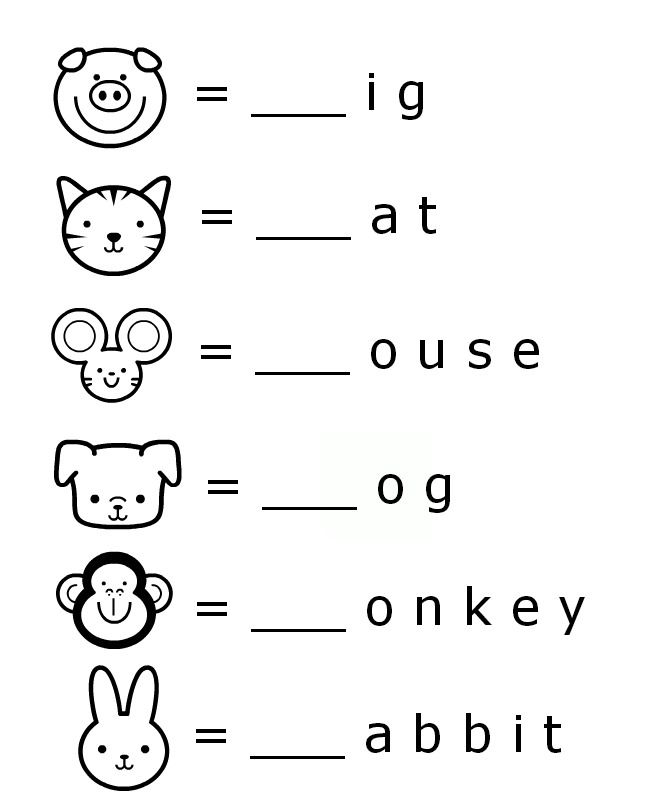 For example, I tell students about this at lectures and even included this question in the exam papers. Moreover, participating in international conferences on dyslexia, I am more and more convinced of the importance and correctness of the domestic approach in interpreting the mechanisms of dyslexia. nine0005
For example, I tell students about this at lectures and even included this question in the exam papers. Moreover, participating in international conferences on dyslexia, I am more and more convinced of the importance and correctness of the domestic approach in interpreting the mechanisms of dyslexia. nine0005
Speaking about the diagnosis of dyslexia, the Russian school of speech therapy very consistently paints the mechanism of disorders, which we spoke about above. Among these disorders there is a special type - "optical dyslexia": difficulties in mastering the image of a letter, mixing graphically similar letters, their interchanges (Z-V, Z-E, P-B, T-G, etc.). Letters and lines “dance” in a child, as if he does not see letters, he may not perceive some font, spaces, transition from one line to another, letters merge, stick together, look in different directions, and other similar problems. nine0005
Foreign specialists, speaking about dyslexia, most often have in mind only this, its optical variety. And here we must understand: the condition of children with such a problem, even with all its complexity, is generally much easier, because they have no problems with the development of speech and the associated mental retardation.
And here we must understand: the condition of children with such a problem, even with all its complexity, is generally much easier, because they have no problems with the development of speech and the associated mental retardation.
Sometimes, on the contrary, they even begin to talk about the peculiarities and genius of such children: they are bad with optics, and everything else, perhaps, is compensatory - perfect. Some of it is a myth, but some of it is true. Among the children who underwent correction with me, there were those who had a great penchant for drawing and music. nine0005
As a rule, children with optical dyslexia, in addition to working with a speech therapist, need consultation with both a psychologist and a neuropsychologist.
You may need to consult a neurologist, who can offer both massage and exercise therapy, cerebellar stimulation in rehabilitation activities to help develop basic reading functions.
Russian - great, powerful, terribly complex
Also, regarding the difference between domestic and foreign approaches, we must remember that we are the owners of a very beautiful language, which is included in the top three most difficult languages in the world .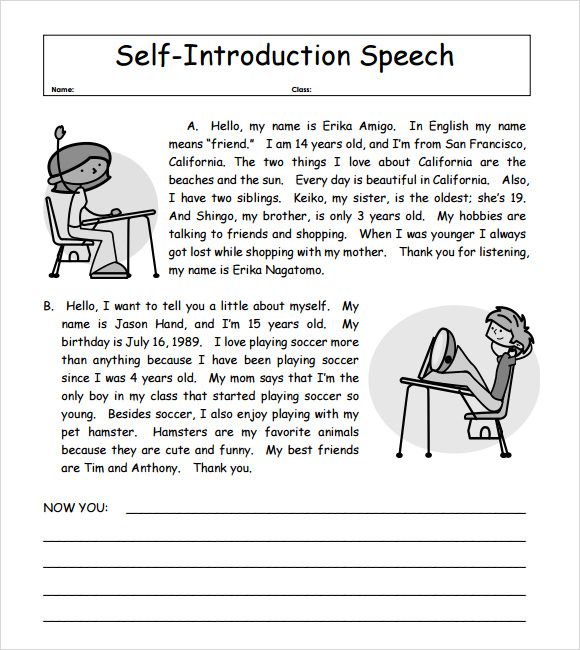 Many languages of the world are not so complex, there is not such a multi-stage grammar, a limited number of cases and genders, which means there is no variability in endings. And what about our participles and gerunds, phonemic language processes that gave us the beauty of the language, but at the same time problems!
Many languages of the world are not so complex, there is not such a multi-stage grammar, a limited number of cases and genders, which means there is no variability in endings. And what about our participles and gerunds, phonemic language processes that gave us the beauty of the language, but at the same time problems!
We have paronyms, synonyms, quasi-homonyms - a lot of words that differ from each other by one sound. Many languages in the world simply do not know this problem, they do not divide sounds according to deafness-voicedness, hardness-softness, hissing-whistling and various sonoras. nine0005
Therefore, our domestic approach to dyslexia is wider - and concerns language problems, the formation of mental functions: phonemic perception, phonemic analysis and synthesis, underdevelopment of the lexical and grammatical structure of speech, mnestic and receptive processes, and, of course, visual analysis and synthesis, spatial representations.
Clarifying termsIn order to competently understand the literature on the problem of interest to us, parents need to know several terms.
There are two writing disorders - dysgraphia and agraphia , and a written language disorder - dysorphography .
In foreign manuals, legostemia is distinguished - when a child has both dysgraphia and dyslexia at the same time. But domestic experts do not use this term as unnecessary, because there are dysgraphia and dyslexia and indeed very often they are combined.
Diagnosis " hyperlexia" put, children with autism spectrum disorder - when children read mechanically, not really understanding the meaning of what they read.
How do you know if a child will have reading problems?
– Is it possible to recognize dyslexia before a child starts learning to read? What features in his behavior will help alert? nine0004
– In order to understand whether a child will have problems with reading, it is necessary to assess the child's health in general: his physical and psycho-speech development, the ability to use different types of memory - all this is easily checked before school.
Every problem has roots. Let's consider various ways of diagnosing problems that can later lead to the development of dyslexia:
- If a child has speech disorders, he goes to a speech therapist. The speech therapist also looks at whether the child has impairments in phonemic hearing, analysis and synthesis, understanding, whether the dictionary is broken and whether there are agrammatisms (incorrect formation of words and their forms), how well coherent speech is developed.
It is in the classes that develop speech that the speech therapist also conducts the prevention of reading disorders, especially those types that are associated specifically with speech. nine0102
- In the art classes and when using any kind of manual labor, a good teacher will notice that the child has poorly developed fine motor skills (cannot cut, sculpt, glue, lace, fasten buttons). For writing, calligraphy, it is very important to be able to perform small precise actions. They are specially trained. I recommend these exercises every day.
- If a child goes to school, he must be able to ride a two-wheeled bicycle - the functions of writing and reading require coordination and coherence. nine0102
- Poor mastery of rhythm can complicate the assimilation of words with a complex syllabic structure, which means that it needs to be developed - dancing, music or more specialized procedures such as an interactive metronome will help.
- Reading requires well-formed visual-motor and auditory-motor coordinations in order to be able to see, hear, speak simultaneously - this is what is important when reading.
- The child must be able to remember and, if necessary, retell what he has read. nine0102
- It is necessary to understand which hand the child has - leading, with which hand he will write.
– Is left-handedness in itself a reason to check a child with a speech therapist?
- Yes. Speech therapists, psychologists, neurophysiologists and neuropsychologists often pay attention not only to the dominant hand, but also to the leg and eye. Lateralization is important because there are letters in Russian that face right or left, are symmetrical vertically and horizontally, or not at all symmetrical, and a left-handed child may not learn directions well. nine0005
In fact, the vast majority of left-handers and ambidexters (people who equally use both hands) have no special features other than the dominant hand. The left hemispheric location of the center of speech is observed in 95% of right-handed people and in 70% of left-handed people. And only 15% of left-handers have the speech center in the right hemisphere. Such children have features of thinking - they think in images. They may have the ability to draw, music, or, on the contrary, may have a number of neurological problems.
An individual lateral profile helps to determine the type of training program (depending on the combinations of the dominant hand, eye, etc., a school of a certain profile can be recommended to the child. For example, the leading left eye, hand and shoulder are a reason to send children to mathematics.
It makes sense to send children with different lateralization to a school where more attention is paid to reading and the humanities. But the approach of most gymnasiums, where they take a complex program in all subjects at once, is wrong. Such study is very difficult even for ordinary children and extremely difficult for right-brained, left-handed children).
How to determine the leading hand, ear, eyeFor example: try to leave a small ball for the child, which he must catch with any hand, but only with one.
Check the dominant eye - by asking "look down the hole, squinting one eye. The eye with which the child will look into the well is a working one.
All these tests are rather conditional. The main criterion is which hand the child prefers to act in everyday life: hold a pen, pencil, spoon in order to write, draw and eat.
At school: problems or just not trying? nine0004
– How can you tell dyslexia from not trying at school?
- In fact, "not trying" and "not paying attention" - this is also what you need to pay attention to and look for the reason why the child quickly gets tired.
A parent can turn to a speech therapist with the fact that the child does not remember, for example, letters. But an experienced specialist is obliged to ask: “What else is worrying, what is still wrong?”
If a parent lists: fatigue, inability to switch, headaches, vomiting, inability to concentrate - these are all symptoms and reasons for contacting a neurologist. nine0005
Returning to the question of whether it is difficult for an ordinary child to learn letters, the answer is quite simple. The ability to memorize the image of a letter is a pre-prepared function. Almost from birth, children see letters everywhere - on billboards, in newspapers, in a book that dad reads. And one fine day the child will ask himself: “What is this letter?”, because he knows the word “letter”. That is, the child himself, through practical experience, will come to the point that a letter is a sign that means sound.
So, in general, an ordinary child should not have problems with memorizing and recognizing letters. If they occur, you need to seek the help of specialists. nine0005 Why do some children not remember, do not recognize letters?
There are several reasons:
- literal agnosia or gross violation of visual memory (inability to remember the image of a letter),
- verbal agnosia - recognizes a specific letter, and when writing words, phrases, sentences, distortions of letters similar in spelling are noted,
- a variant of the problem - "mirror" spelling of letters . Usually small children “mirror” when the process of memorizing letters is at the stage of mastering the skill. Once this process is complete (usually all children have memorized all letter patterns by the end of second grade), children stop making these kinds of mistakes. nine0018 At the same time, until the end of the second grade, the child has the right to ask: “How do you spell “e” or “f”?” These are not such frequently used letters of the Russian alphabet. But if a child continues, for example, in the fifth grade, continues to write “s” in the other direction - “ɔ”, then this is no longer a variant of optical dysgraphia, but a mirror optical dysgraphia.
But if a child continues, for example, in the fifth grade, continues to write “s” in the other direction - “ɔ”, then this is no longer a variant of optical dysgraphia, but a mirror optical dysgraphia.
If a child learns and cannot remember letters, forgets those letters that are often used in the Russian alphabet (“a”, “m” or “v”), we should already talk not about dyslexia, but about alexia. Such children, in addition to a speech therapist, should definitely work with a neuropsychologist, a clinical psychologist, and get a consultation from a neurologist. nine0002 – And if the child reads badly and slowly?
The speed of reading also depends on the way of reading, deviations in which are now also considered a dyslexic error.
Here, perhaps, we need to talk about the age of the children.
There are three ways of reading: syllable-by-syllable, “syllable+word” and “fluent reading”. There is also “stacking” - the sequential naming of letters in a word (B, A, B, A) - this process cannot be called reading, this is the wrong type of learning to read.
I think it's perfectly normal for first-graders to read by syllables. This is how the first stage of the reading skill is worked out and it cannot be accelerated somehow from the outside - everything has its time. The child "read the syllables" and from this method goes to another - "syllable + word". Later, the child learns and begins to read whole words, moving on to fluent reading.
The child must not be rushed to master this skill. And the requests of parents and teachers to “read faster” are meaningless.
It is also unreasonable to ask "faster knitting" or "faster shifting gear in the car" of a person who is just learning to knit and drive a car. nine0005
Here we will not speed up anything, but we can do harm: the child will start to rush and try to “guess” the endings of words.
Parents who try to teach their child to read fluently too early achieve only one thing - “guessing reading”, when the child tries to guess the word from the first syllable that he managed to read.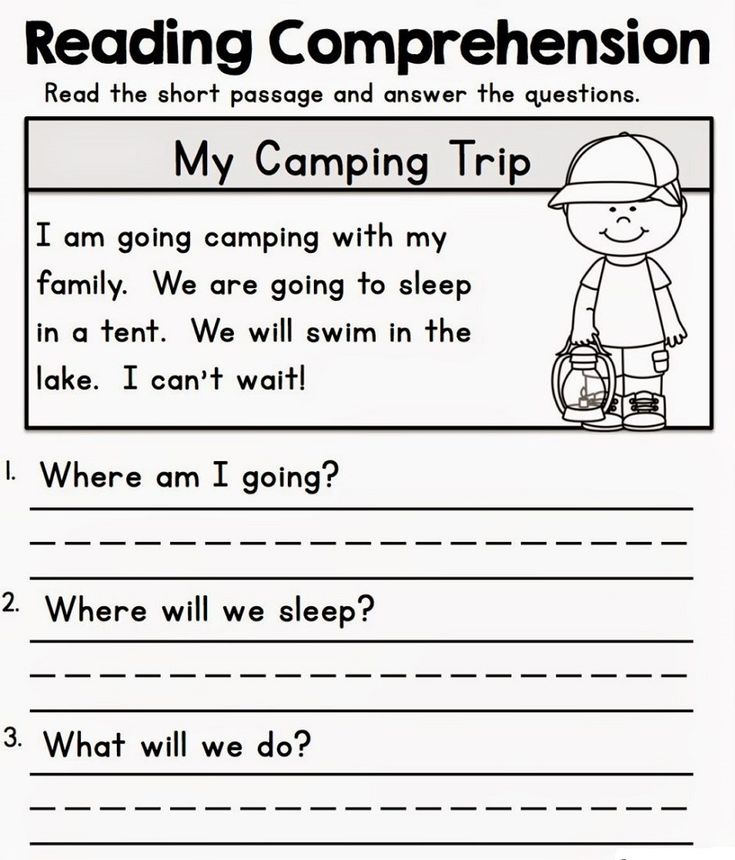
As a result, the child makes mistakes, gets confused, cannot understand the text, and generally abandons reading.
At the initial stage of the formation of reading skills, one must show patience - allow the child to read at the pace that he can keep for the time being, not to adjust or correct. nine0005
Allow to move your finger under the line until this need itself disappears. A finger is such a “backbone”, a “magic wand”. It is already very difficult for a child to cope with independent reading, without which he did well at preschool age, when adults read to him.
The most important thing is to create an intrigue around reading, so that this activity, boring at first, can be brought to a habit and instilled in love for it. And one of the important conditions here is to read to adults themselves, to set an example. The child must see that parents, brothers and sisters read that this is something necessary and as important as eating and sleeping, so that it enters into his personal life.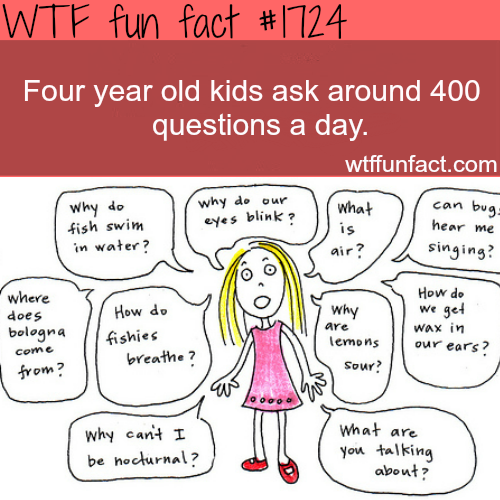 nine0005
nine0005
So many children do not progress in speed simply because they do not read. And when a child reads every day, the pace will definitely increase.
– Is the teacher able to recognize dyslexic from “not trying”?
- I'm not completely sure about this. I don't think he has time for this.
The teacher, most likely, sees the problem - there is no time to deal with it.
Although it cannot be ruled out that somewhere in the district school there is a wonderful Marivanna, who has enough mental strength to convey to her mother what problems the child has or, if not to solve them herself, then suggest going to a speech therapist. nine0005
I am not inclined to blame the teacher for not being able to solve a correctional problem. Even a teacher cannot sometimes send a child to a speech therapist, because such a staff unit is now not provided for at school.
Why is forced early reading dangerous?
– It is really not necessary to teach a child to read before school.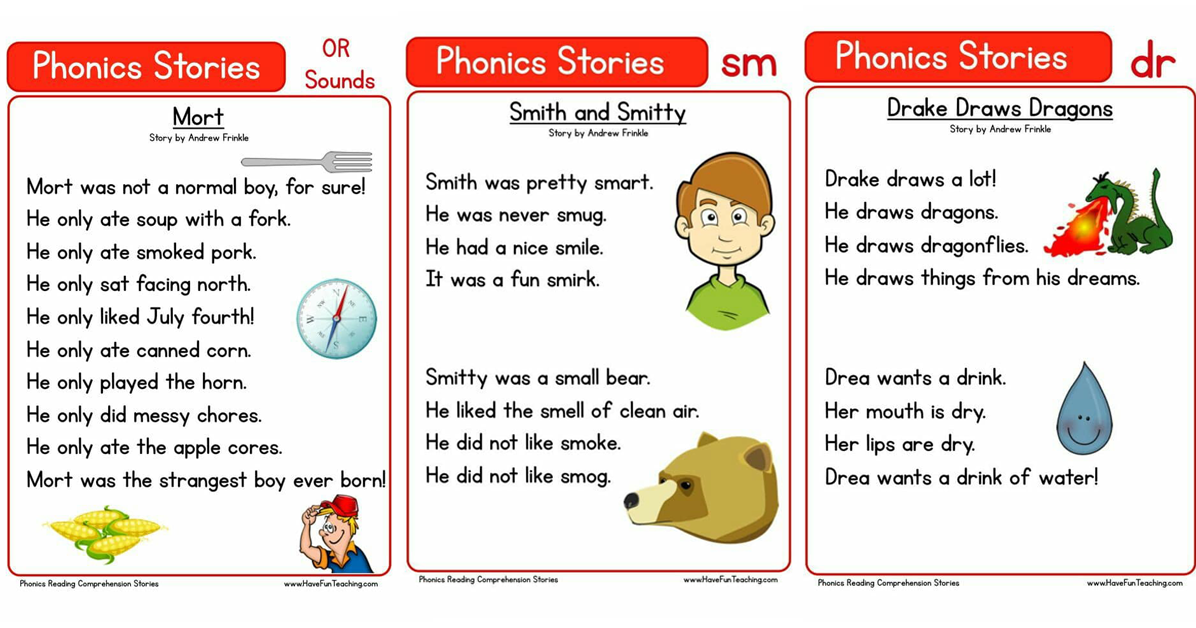
One can not interfere only with what the child does himself - at least at two years old. nine0005
There is a large population study that is being conducted at the Institute of Developmental Physiology of the Russian Academy of Education: memory problems are the result of very early learning, because a system of inadequate requirements is created, including very early learning to read.
Until the age of six or eight, the child is not “physiologically” ready to read: supporting functions are not formed:
selective attention is not developed, without which reading and writing are impossible, memory and speech are not sufficiently formed. Only by the age of six or eight, when the frontal lobes of the brain mature, do effective visual differentiations begin to form in the child. At this age, it makes physiological sense to start teaching reading. nine0005
If a three-four-year-old child starts reading, this can lead to the appearance of an inadequate reading mechanism, which is also called “guessing”: the child will glance unevenly along the line, having time to read the first few letters in the word and trying to guess the ending from them.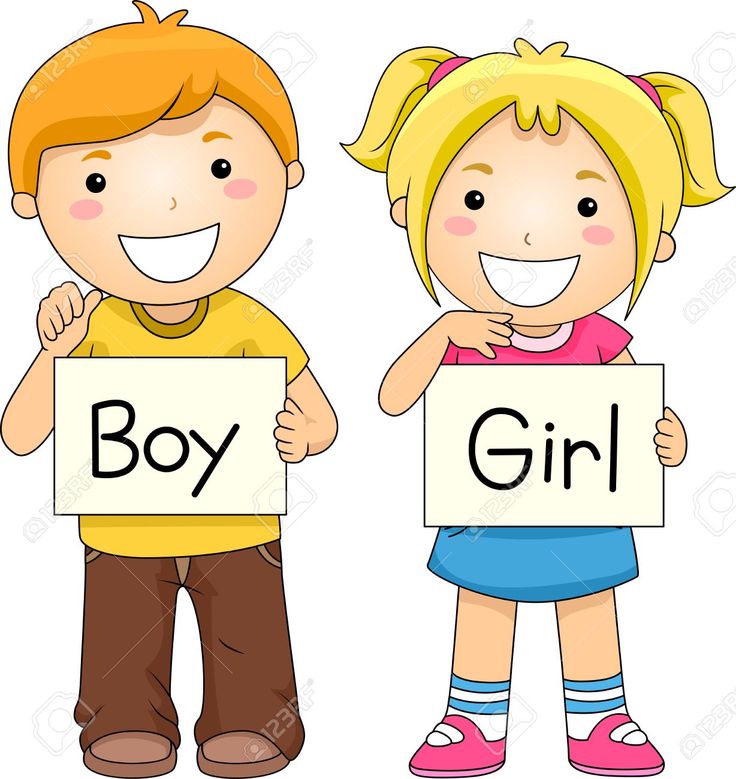 Yes, this can lead to dyslexia.
Yes, this can lead to dyslexia.
– Does it make sense to send a child with neurological problems or a physiologically immature child to school later?
- I don't really like it when sensitive (most favorable) periods are missed. The most optimal age for going to school is seven to seven and a half years. A physiologically immature child will still continue to "mature" until puberty, so you should not overexpose him at home. Sometimes they say that you need to extend childhood to eight years. I wonder: why not until nine or ten, or even until adolescence? No, I am against. nine0005
It is psychologically easier for the whole family if the child goes to school at the same time as his peers and continues to solve already known and identified problems simultaneously with his studies. At the same time, you should not ignore classes with a speech therapist, a psychologist, and if necessary, continue to visit a neurologist.
I very rarely agree to wait until eight years.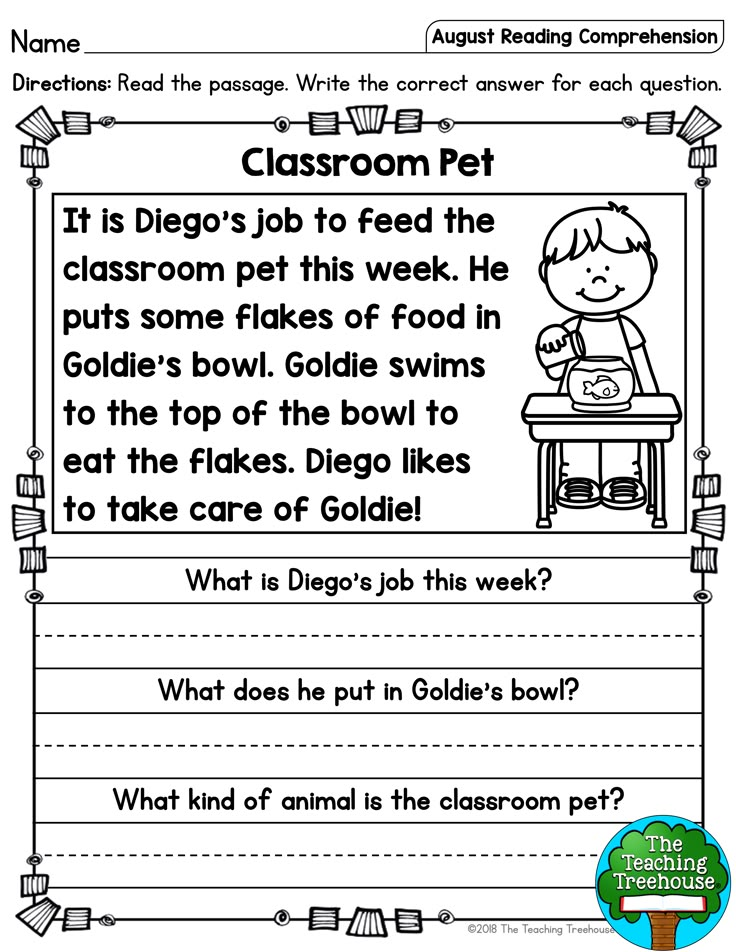 This is justified if the psychologist strongly insists - if the child does not have motivation to learn, he has just begun to really play, or I myself see that it is necessary to allow speech to stabilize, which was only recently “summoned”. But I don’t want to see six-year-olds at school either. nine0005
This is justified if the psychologist strongly insists - if the child does not have motivation to learn, he has just begun to really play, or I myself see that it is necessary to allow speech to stabilize, which was only recently “summoned”. But I don’t want to see six-year-olds at school either. nine0005
For example, I went to school at the age of seven and a half, and I never missed anything in my life. And so I still think that everything has its time: we will read at school, before school - walk and play - learn to interact.
– Are there any other errors in the preparation of school programs that can provoke errors in reading?
- This is possible when corrective techniques are included in the regular training program. For example, if a teacher in a regular lesson says: “Look, children: the letter “E” looks one way, and the letter “Z” looks the other way,” - tomorrow half of the children will confuse these letters. If a child taught in the usual way does not have problems in distinguishing letters, then there is no need to explain the difference. nine0005
nine0005
Instilling a love for reading
– Is it necessary to leave only books for the period of learning to read and dose visual sources of information – gadgets, TV?
- I think that the book at the initial stages of learning will not withstand competition with any visual series. A lot of learning processes are tied to visualization - it is no coincidence that we add up with the child not “2 + 2”, but “two and two apples”.
Therefore, in the fight against gadgets and computers, there will be only two effective means - a personal example of parents and the right steps. nine0005
For example, you can arrange reading together or reading by roles, but you need to find a book that would be interesting for the whole family. Maybe it will be possible to establish a tradition of family reading.
You can use your favorite gadget to help, offer a filmstrip - put a picture on the projector - and the child reads. That is, the main thing is to offer, show, stimulate interest in reading. It is clear that “mom washed the frame” is very boring. But even without a “frame” we can’t do it - there is a specially simple structure of the word. nine0005
It is clear that “mom washed the frame” is very boring. But even without a “frame” we can’t do it - there is a specially simple structure of the word. nine0005
Don't impose your taste on a child, don't offer him the wonderful Nosov and Dragunsky, let the child read what he likes - about princesses, hairstyles and manicures, or science fiction, about animals and cars.
The main thing is that the child pays attention to the book as a source of information.
You can work with incentives. Think about how you can encourage the child, the main thing is that the encouragement is here and now.
It could be sweets, although dentists won't understand us. nine0005
You need to know your child well. I remember that a boy from a very wealthy family studied with me, it was difficult to surprise him with something, his parents could buy everything. And I came up with the idea of buying him small chewing gums, and for each success I gave several at once. He didn’t chew them at all, he just liked that by the end of the lesson he had a whole hill of prizes.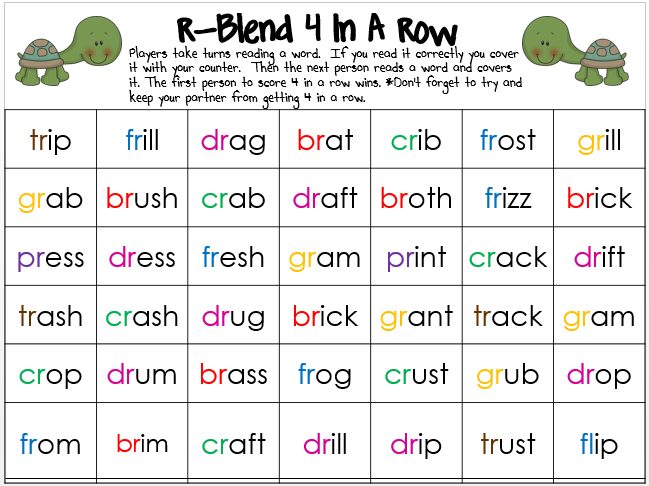 Someone will try - for a smiley, for a funny picture. And the child will start collecting such pictures simply because it is his encouragement.
Someone will try - for a smiley, for a funny picture. And the child will start collecting such pictures simply because it is his encouragement.
Dyslexia is treated by a specialist
– Can parents take care of their child in case of diagnosed dyslexia?
- They can, but under the guidance of a specialist. In addition to mandatory diagnostics and visits to a speech therapist, extended consultations can be organized, where a rehabilitation and educational route is drawn up, what exactly to do with the child. With the consent of the teacher, emerging questions can be quickly asked to him in social networks. Sometimes it is advisable to offer a “big” task for independent work, with which the parent goes home, and then shows the child in dynamics, after some time. nine0005
And this can be a task not only for reading, but also specific advice: to involve other specialists in work with the child - a neuropsychologist, a neurologist, a massage therapist.
Sometimes it happens that a neurologist looks at a child and says: “Let's first solve the problem with enuresis and digestion, because the child has constipation for the third day, he can hardly sit with you, what kind of reading is there?”
You will still be reading with your child at home, it's another matter that a specialist has life hacks - interesting texts, encouragement, all sorts of finds. He makes learning faster and more fun. nine0005
– How long will it take to visit a speech therapist?
- Depends on the condition of the child. If we quickly find the “cog” that holds the problems and deal with it, we will move quickly enough.
If the child's condition is complicated by other diagnoses, such as mental retardation, more time will be required. Of course, he will not read complex texts with a lot of special terminology, but it is quite possible to bring the skill to such a state that the child can use it freely. nine0005
But I definitely do not believe in the story “now we read for three days and everything will pass”.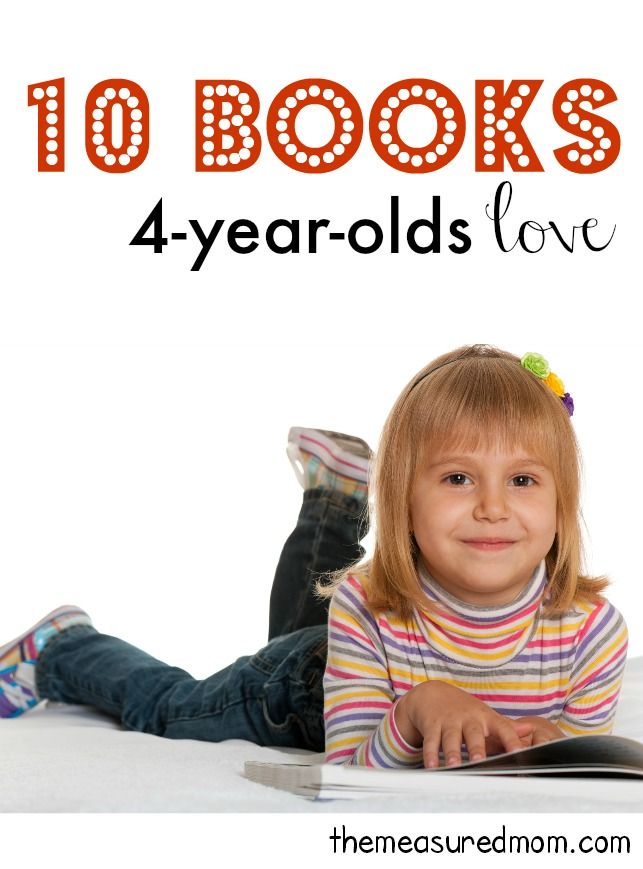
"Simply explaining" the skill of reading is impossible - it needs to be developed and improved.
For example, if the first grade program had a writing lesson once a week, we would learn to write before the eleventh.
– How realistic is it to get to all the specialists necessary for the correction of a child with dyslexia free of charge through compulsory medical insurance?
– You know, I am for private clinics. I understand that few people will like this answer, but it's all about the current admission standards. A specialist cannot look at a child in three minutes, write down everything you need, write out a ticket, and so on. Neurological problems need to be able to interpret, and this takes time. nine0005
For example, as a speech therapist, for me, the initial diagnosis of a child and a consultation takes from an hour to an hour and a half, but in other respects I do not limit time: the parent must receive answers to the questions that he came with, I allow, if you forgot to ask something, write to me in social networks.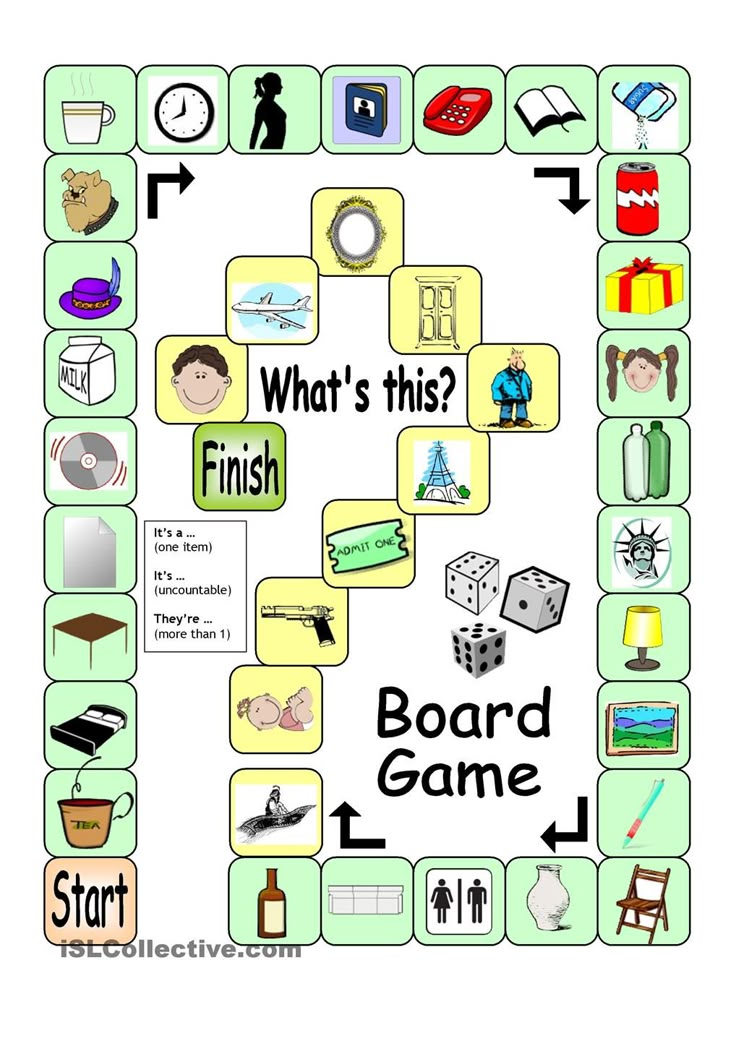 All over the world, high-quality consultations are also most often not government programs, alas.
All over the world, high-quality consultations are also most often not government programs, alas.
– Should dyslexics be homeschooled?
- I am against any separation, because the child will need communication skills everywhere. nine0005
At the same time, it is clear that I cannot improve our society. So, look for a teacher who would be ready not to scold such a child, but to encourage his every success. If we encourage the personal success and personal growth of the child, there is no problem that he learns among everyone.
Photos from the personal archive of Olga Azova
Read more about how to choose a speech therapist for a child:
How to choose a speech therapist for a child?
Does the child not read syllables? - Russian language for bilingual children - LiveJournal
“May I have a question? I wanted to ask if you have any tricks to teach children how to put letters into syllables.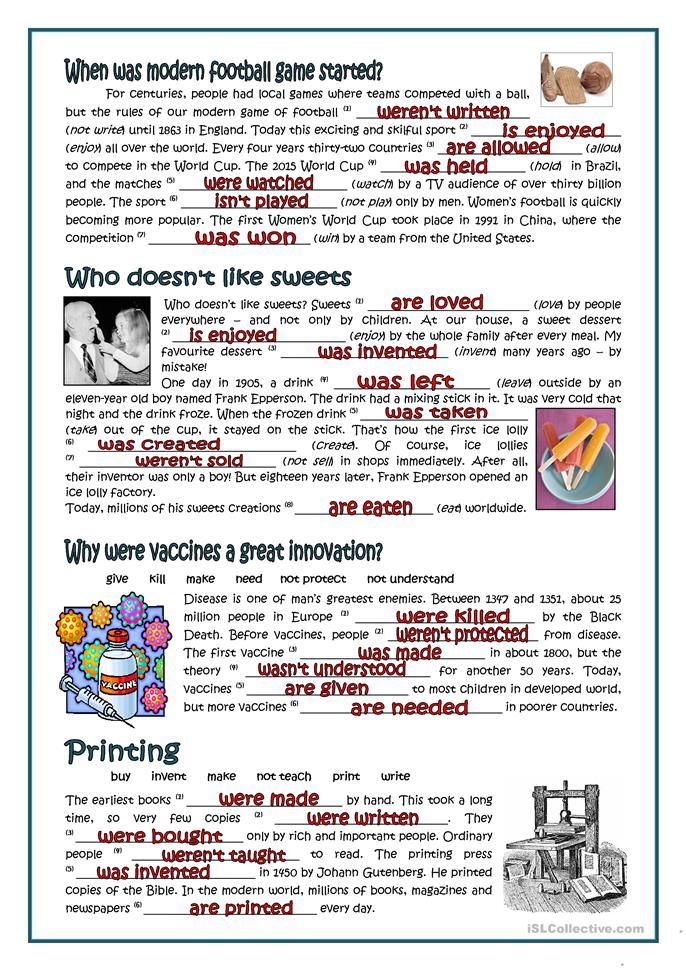 And at what age is it realistic to achieve results?
And at what age is it realistic to achieve results?
And then we can't. Even four-year-olds fail, sometimes even five-year-olds. Especially for three-year-olds”
Let's deal with this question, shall we?
And I'll say right away that you need to physically grow up to the ability to put letters into syllables. Many processes can be made easier, but the likelihood that the child just needs to grow up a little more remains. nine0005
Prereading and why spend time on it
This is a stage to which we can devote quite a lot of time. Here the main task is to teach the child to distinguish letters, to distinguish one letter from another, similar letters from each other. Here, even without knowing the meaning of these letters, you can offer different sorting options: “Put the pies with the letter A in one basket, and the pies with the letter Y in another.” Walk along the path on which such and such letters. Put toys on all chairs with such and such a letter. Here you can not use primers, but toys, Lego, cards are very useful. nine0005
Here you can not use primers, but toys, Lego, cards are very useful. nine0005
Another important point is the creation of an environment, surrounding the child with symbols. Sign items in the room in large letters. Together with the child, change the cards, choose the appropriate items.
At the same stage, we try to combine letters into syllables. At our school, the pre-reading stage, when we are still playing with letters, but not yet reading, varies depending on the group. Some finish earlier, some later. If it is clear that it will still be difficult for children to read, we add three months for pre-reading. If you are already trying to read, but there is no progress, you can take a step back, return to the previous stage for a while. nine0005
Games with syllables
You can play with syllables for a long time and interestingly! Cut out “islands” from cardboard, sign syllables, lay them out on the floor. Children go to sea, but then a storm begins, they can hide on the island of MA, rather in search.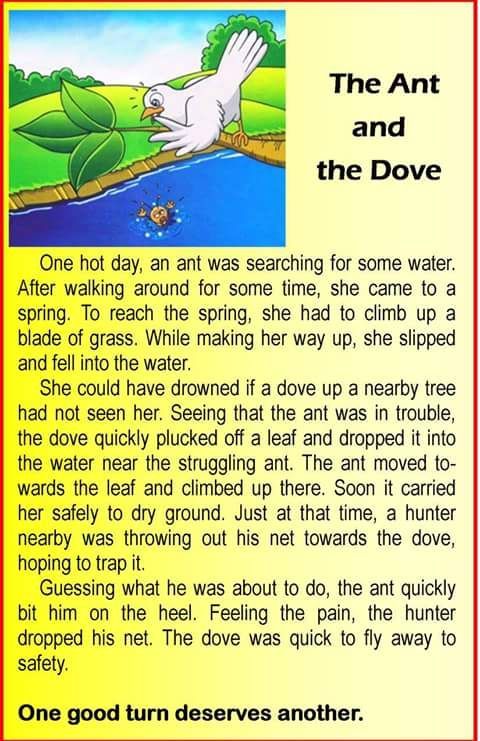
Children are looking for treasures. Under the DO stone is a note that says YES, you need to find this stone and read the next note under it. The notes will eventually lead to the treasure.
Little Red Riding Hood goes to her grandmother. The track consists of cards with syllables: MA, MO, MU, etc. Let's go, read. Cards with syllables are pasted on the steps of the stairs. We get up and read. We catch fish with syllables written on it. Read - caught, not read - sailed away. nine0005
You can come up with such simple games around any of your lesson topics, around any book that you are reading with your children at the moment. Ready for New Year's Eve? You can make snowmen, each snow globe has the syllables you need written on it. Separate MA snowflakes from MU snowflakes, etc. There are a million games with syllables, puzzles and other cards, but I like homemade ones that are most related to the topic of the lesson.
And, of course, you can take manuals that are completely built on games with syllables, for example, "Simple and Fascinating Exercises for Teaching Reading" by Olesya Zhukova.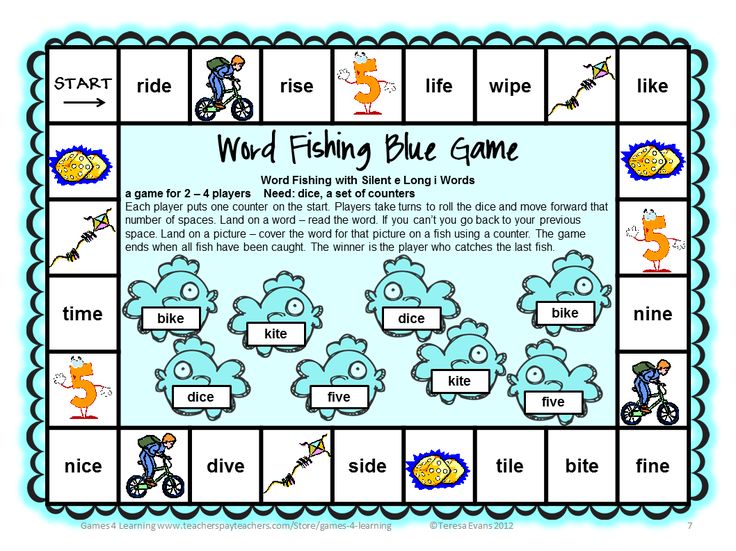 There are a lot of such benefits, but one good one, in principle, will be enough. nine0005
There are a lot of such benefits, but one good one, in principle, will be enough. nine0005
Keyword: "Regularity"
This is an important point! Games with syllables a couple of times a month are unlikely to be effective. In a week, so many discoveries and adventures take place in a child’s life, so much new information appears that what was mastered even a week ago can disappear from memory without a trace. Therefore, you need to practice regularly. At school, at home, on a walk, just a few minutes a day.
When we move on to reading, I send a letter asking parents to attend classes regularly. If a child comes to class once or twice a month, then the most likely result is that he will not read even in a year. At the same time, the rest of the children in the group will read, the child will be uncomfortable. Who would like a situation in which you are constantly unsuccessful? Therefore, when we move to this stage of training, classes should be attended regularly. Plan lessons in advance, do not schedule trips, meetings, picnics, barbecues during our Saturday classes. Everything is obvious and simple, but the need to subordinate the schedule of the whole family to the schedule of a four-year-old student is realized with difficulty and not immediately. nine0005
Plan lessons in advance, do not schedule trips, meetings, picnics, barbecues during our Saturday classes. Everything is obvious and simple, but the need to subordinate the schedule of the whole family to the schedule of a four-year-old student is realized with difficulty and not immediately. nine0005
Bad advice: don't teach your baby
Very often I see advice from opponents of early reading online: don't teach your baby to read, even if he is interested in letters and asks how something is read. Too early, no need, no point. Change the subject, distract, and untimely interest will go away by itself until the age when it will be possible and necessary to read. Mothers advise, teachers advise. I can tell from my own experience what this sometimes leads to.
I don't know when Alice started reading, but at 2 and 9months, she read the first words to me. I didn’t teach her to read, because it’s early, and I won’t say that the child showed any interest. She just figured out what was what, and three months later she was already reading the sentences.



